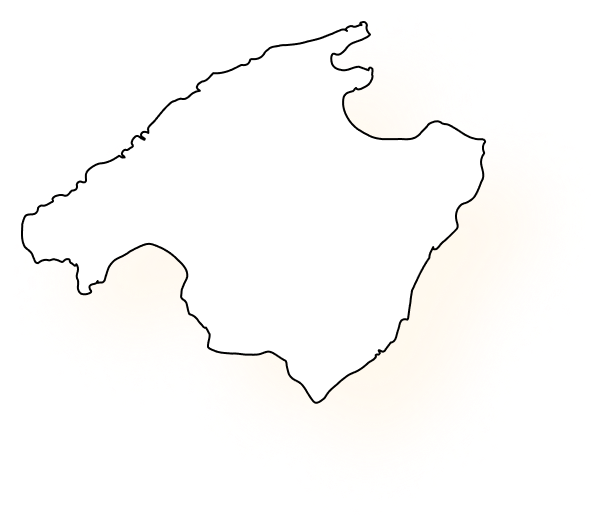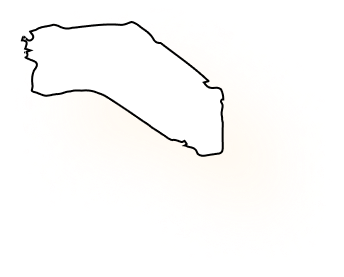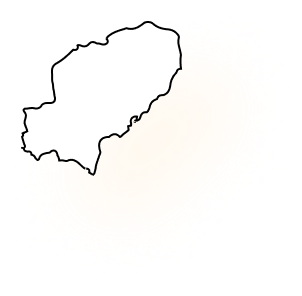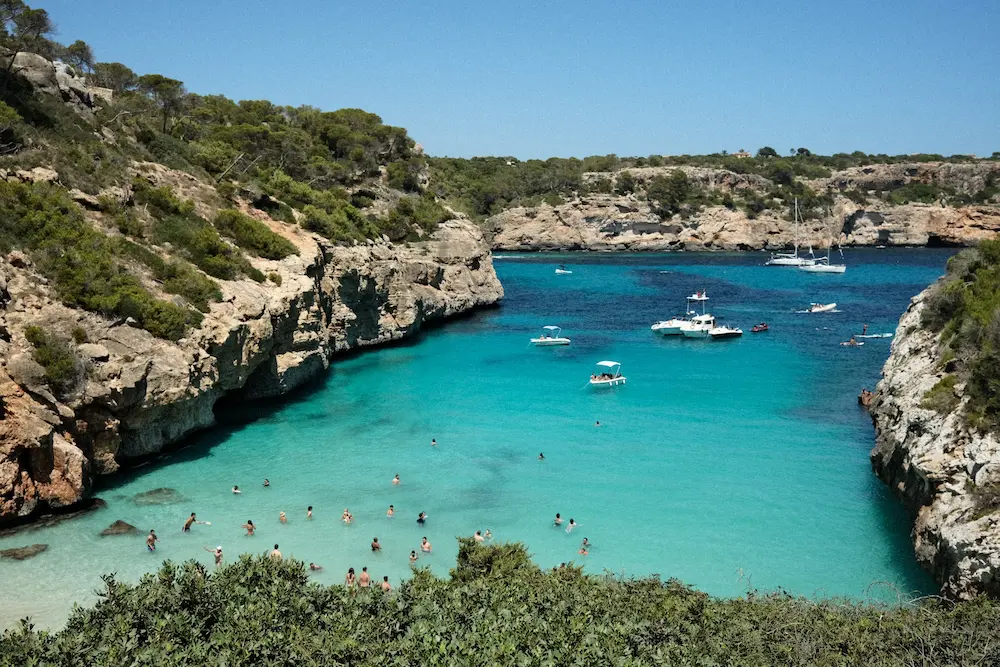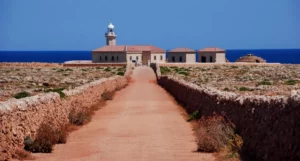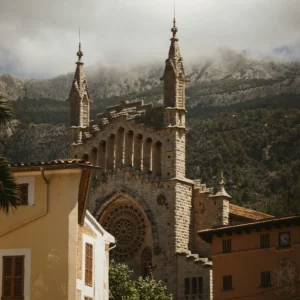Mallorca has become one of Europe’s premier destinations for luxury travel. Its Mediterranean charm, upscale offerings and easy access draw visitors who spend big and stay longer. But the impact of tourism in Mallorca is becoming impossible to ignore. The island’s economy, environment and daily life are all being reshaped by the sheer volume of visitors.
This report looks at what the data really shows. Drawing on official sources and independent research, we break down how tourism, particularly in the high-end sector, fuels growth while putting increasing pressure on the island’s resources.
The Numbers Behind the Impact of Mallorca’s Tourism
Visitor Volumes and Spending
Every season, Mallorca feels the pulse of global tourism more intensely. According to the Mallorca tourism data 2025, the Balearic Islands welcomed 2.55 million visitors in September 2025, marking a 2.4% rise from the year before. Earlier that spring, arrivals had already surged by 12.7%, confirming that demand for the islands shows no sign of slowing.
Tourists are arriving in greater numbers and spending more. Total expenditure reached €3.13 billion in September 2025, up 5.4% year-on-year. The average spend per international visitor now exceeds €1,150, with daily spending around €173, placing the Balearics among Spain’s top-performing destinations in terms of value generated per traveler. Overall, these figures underline the growing impact of tourism in Mallorca, marking a shift from short, budget holidays to longer, experience-driven stays that reflect a more mature tourism model.
Economic Impact of Tourism in Mallorca
Tourism remains the lifeblood of Mallorca’s economy. Exceltur’s Impactur Illes Balears report reveals that the sector contributes over 41% of the region’s total GDP, making it one of the highest tourism dependencies in Europe.
This economic weight extends beyond hotels and flights. It sustains a wide ecosystem of local suppliers, restaurants, property services, and cultural industries that benefit from tourism’s reach. Within that landscape, luxury travel holds a special position: smaller in visitor count but larger in contribution per guest. High-end travelers spend more per stay, seek personalized experiences, and often engage local businesses directly — factors that create deeper economic impact even without increasing visitor numbers.
Accommodation and Market Trends
Mallorca’s accommodation landscape has changed sharply in recent years. The island now has around 25,000 licensed tourist-use homes, generating about 9.6 million overnight stays each year. This expansion reflects a strong preference for private villas and holiday estates, especially among high-end travelers who value privacy and space.
However, the same growth that fuels tourism also drives the housing impact tourism Mallorca. As more properties shift to short-term rental use, housing supply for residents tightens, and local prices rise. The trend brings clear economic benefits but also raises complex questions about how Mallorca can balance profitability with community well-being.
The Hidden Impact of Luxury Tourism
Luxury tourism has brought prosperity and visibility to Mallorca, but its effects reach well beyond the economy. The island’s challenge lies in managing success without eroding the very qualities that make it desirable.
Housing and the Local Squeeze
The expansion of high-value tourism has reshaped Mallorca’s housing market. According to recent data, the number of short-term rentals continues to rise, with towns such as Muro now hosting more visitors during the summer than residents year-round. This imbalance reflects how limited residential stock is being absorbed by the tourism economy, leaving fewer options for locals and pushing prices higher.
The situation is complex rather than purely negative. Tourism drives investment, creates jobs, and sustains local businesses. Yet it also highlights the need for balance — ensuring that the economic benefits of travel do not come at the expense of community stability.
Environmental Strain Behind the Glamour
Tourism’s impact is also visible in the island’s natural systems. The Sustainable Tourism Observatory of Mallorca, part of the UNWTO network, tracks indicators such as water use, waste generation, and land consumption. Its findings show that higher visitor density correlates with greater environmental stress, particularly in coastal zones that already operate at capacity during peak months.
Academic studies reinforce this picture, describing the Balearic Islands as a case of overtourism, where seasonal demand temporarily exceeds infrastructure limits. These pressures challenge both policymakers and private operators to find long-term equilibrium between preservation and prosperity.
Public Sentiment and Policy Response
Public opinion in Mallorca has shifted from celebrating record arrivals to calling for better tourism that respects local life and the island’s limits. The Balearic government has started to act on that demand, introducing regulations that cap new hotel capacity and tighten rules on vacation rentals.
Through initiatives such as AETIB’s €8.5 million destination-quality program, authorities are channeling funds into infrastructure and sustainability projects designed to protect long-term value rather than chase short-term growth.
Mallorca’s experience underscores a larger truth: success is no longer measured by visitor numbers but by how wisely the island manages them.
The Rise of Responsible Luxury
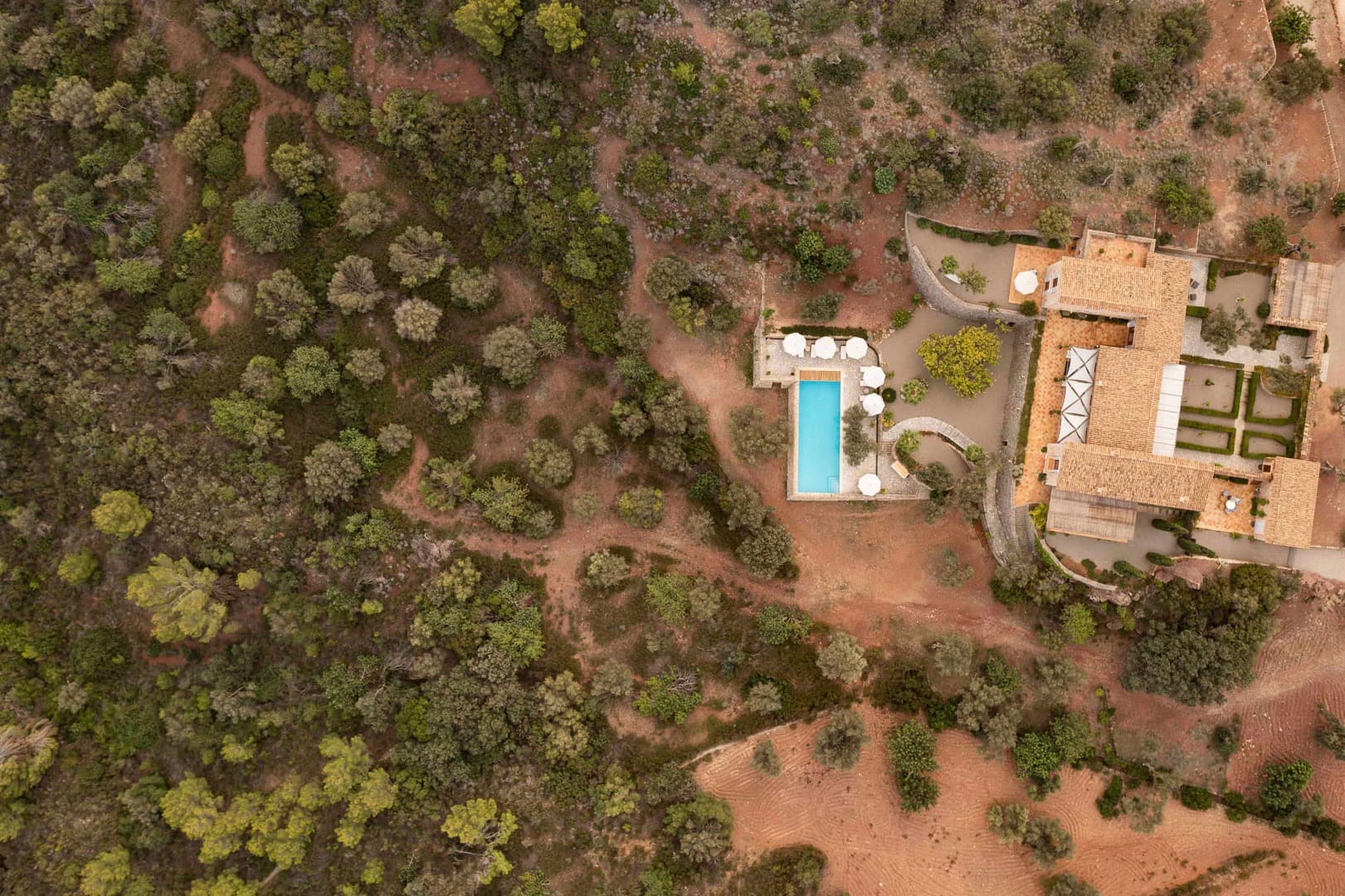
From Mass Tourism to Responsible Travel
Mallorca is redefining what luxury means. The island is moving beyond volume and opulence, shifting toward a model rooted in authenticity, restraint and a deeper sense of place. In Calvià, a €20 million investment in urban renewal signals this evolution. The goal is not to attract more tourists but to appeal to a different kind of traveler who values cultural depth, environmental responsibility and genuine connection. Many of these visitors choose to stay in Mallorca villas that reflect this quieter, more sustainable idea of luxury where comfort and conscience coexist. This direction reflects a broader shift in high-end tourism toward experiences that leave a lighter footprint while offering greater meaning for both visitors and the communities that welcome them.
When Luxury Becomes Part of the Solution
The AETIB Action Plan 2021–24 positions the Balearic Islands as a leader in sustainable and responsible tourism. Through an investment of more than €3.3 million, the Strategic Plan for Professional Excellence in the Tourism Sector of the Balearic Islands helps local businesses enhance service quality while reducing environmental impact.
Luxury travel aligns naturally with this shift. High-value visitors tend to stay longer, spend more, and seek experiences that connect them to Mallorca’s culture, gastronomy, and landscapes. This change helps reduce seasonal saturation while maintaining economic strength.
As Jaime Martorell, Director of Island Homes Mallorca, wrote in “Cuando el lujo puede ser parte de la solución, no del problema,” luxury can evolve into a force for preservation rather than pressure. When guided by responsibility, it becomes part of the solution that ensures Mallorca’s beauty and vitality endure.
Looking Ahead: Redefining Success in Mallorca
Mallorca’s future depends on the way the island manages its visitors and ensures their presence contributes positively to its long-term balance. The region is entering a period of reflection, moving from quantity to quality, sustainability, and long-term resilience as the true measures of success.
A Shift in Priorities
Mallorca’s tourism investment tells a clear story of renewal. According to Colliers, more than €3.5 billion has flowed into the Balearic Islands over the past five years, while hotel revenues have increased by over 30 percent since 2019. As a result, the impact of tourism in Mallorca is becoming more evident in the way capital is directed toward projects that value identity, sustainability, and long-term quality.
Investors are focusing on developments that blend with Mallorca’s landscape and character instead of overwhelming it. This shift highlights how the island’s growth now depends on creating experiences that endure, supported by a vision of tourism that is deliberate, respectful, and distinctly Mallorcan.
A Climate Reality Check
Mallorca’s success now meets a test that cannot be delayed. Climate projections point to hotter summers, longer droughts, and rising pressure on the island’s freshwater reserves. These changes could alter the rhythm of the tourism season and the way resources are managed year-round. What once felt like a distant concern is now shaping daily decisions, from agricultural planning to hotel operations. Sustainability has become the foundation on which Mallorca’s future depends.
Defining a Smarter Path Forward
The island’s next chapter calls for precision, not expansion. Smarter visitor flow, stronger infrastructure, and an economy that values balance over volume can protect both the environment and the community that sustains it. Progress in Mallorca will come from intention—by designing a tourism model that supports prosperity while keeping its land, sea, and culture intact for the generations that follow.
What often goes unspoken in discussions about Mallorca’s tourism is the role of collective responsibility. The island’s future will depend not only on government policies or private investment but also on the everyday choices of those who experience and care for it. Visitors who travel thoughtfully, residents who preserve local identity, and businesses that act with foresight all shape what Mallorca becomes next.
The real transformation will come through cooperation. When policy, community, and intention move in the same direction, tourism turns into something greater than an economy. It becomes a collective effort to protect a place that gives so much in return.
